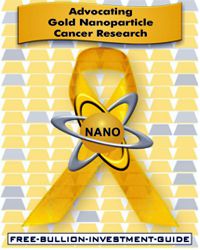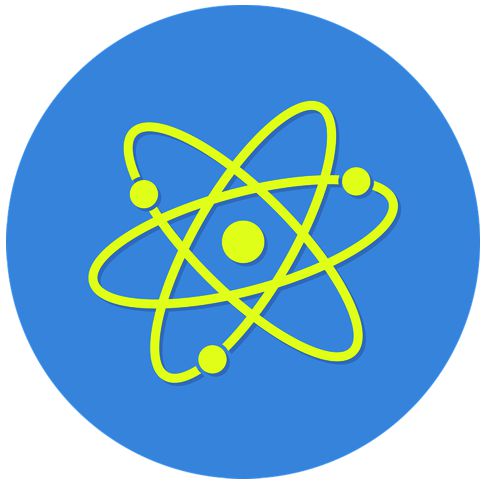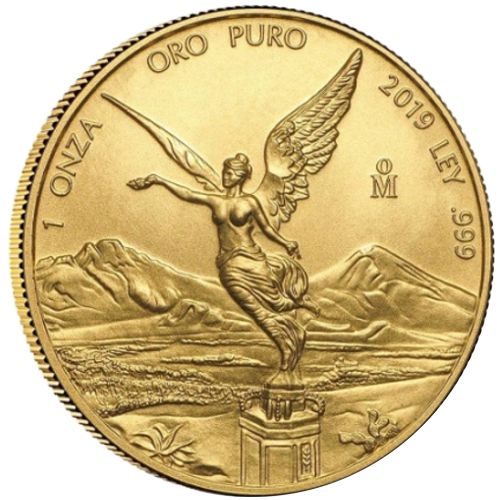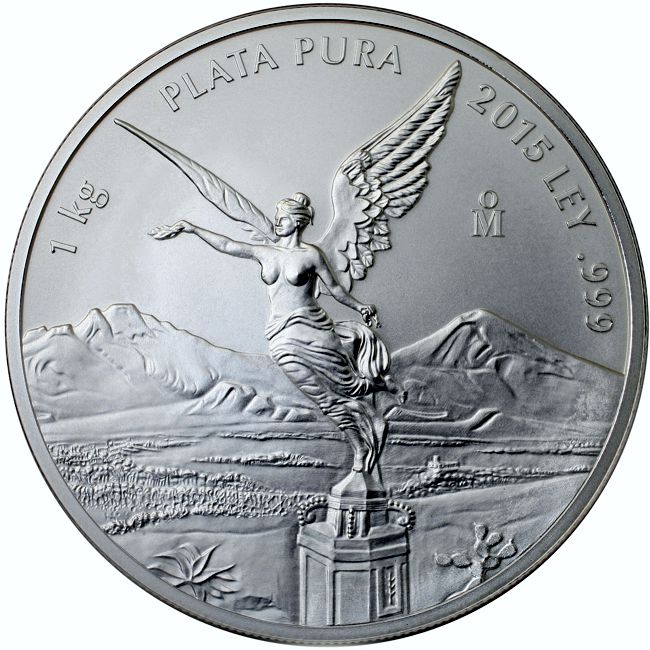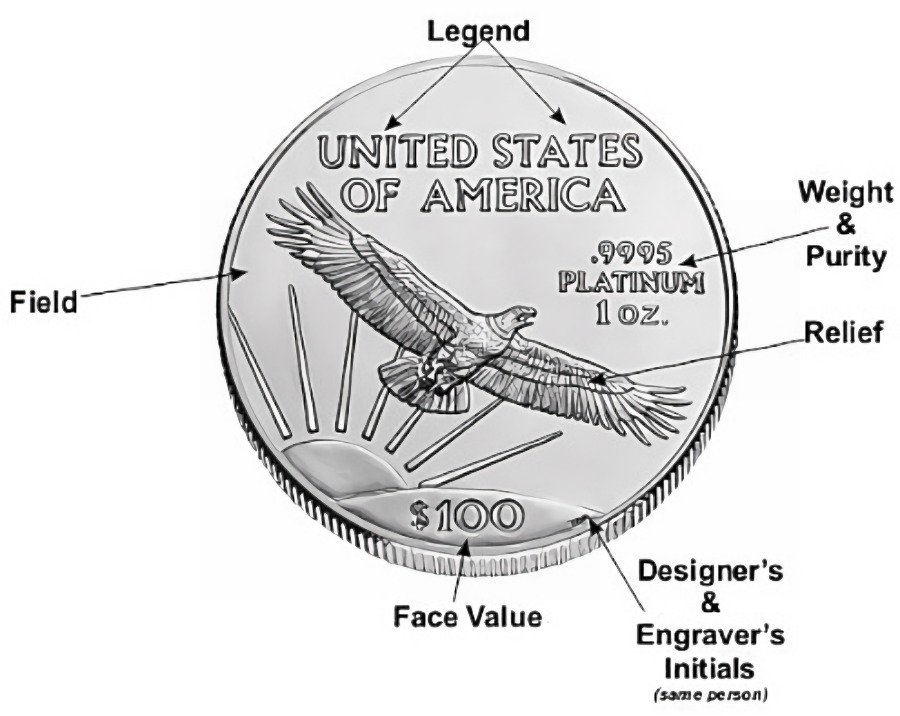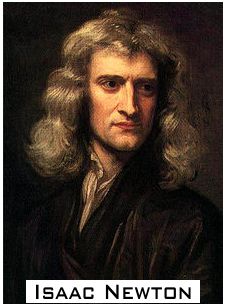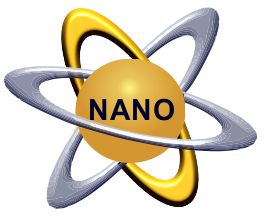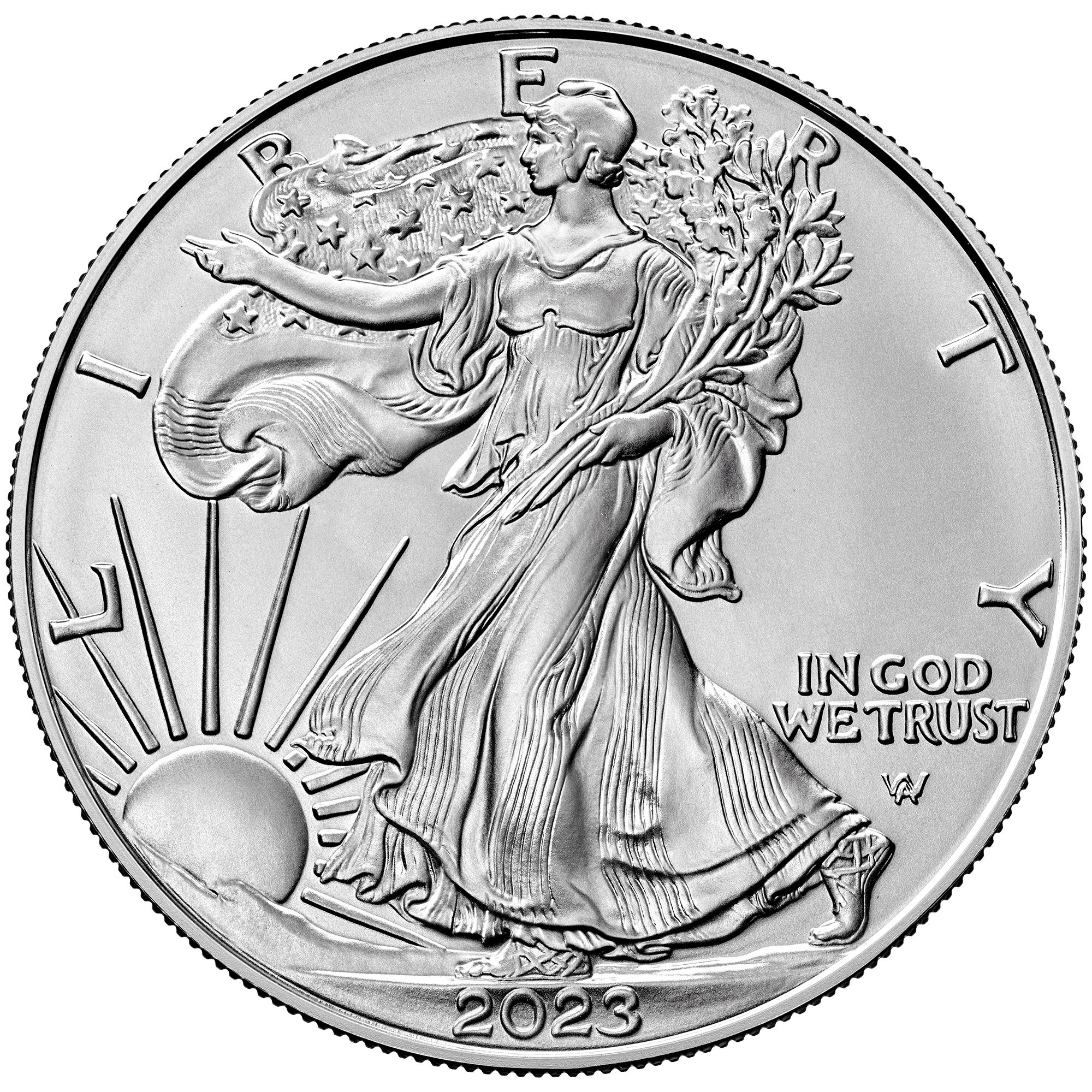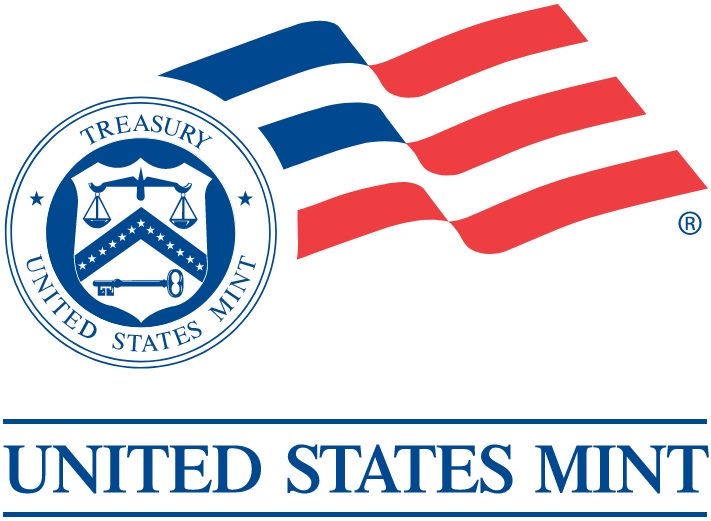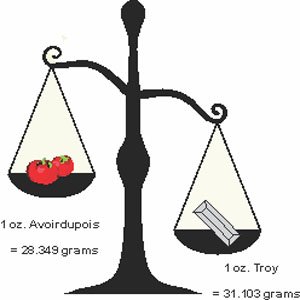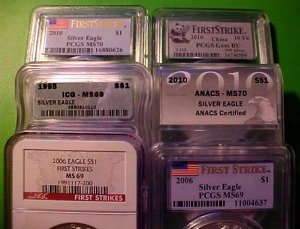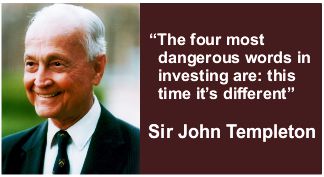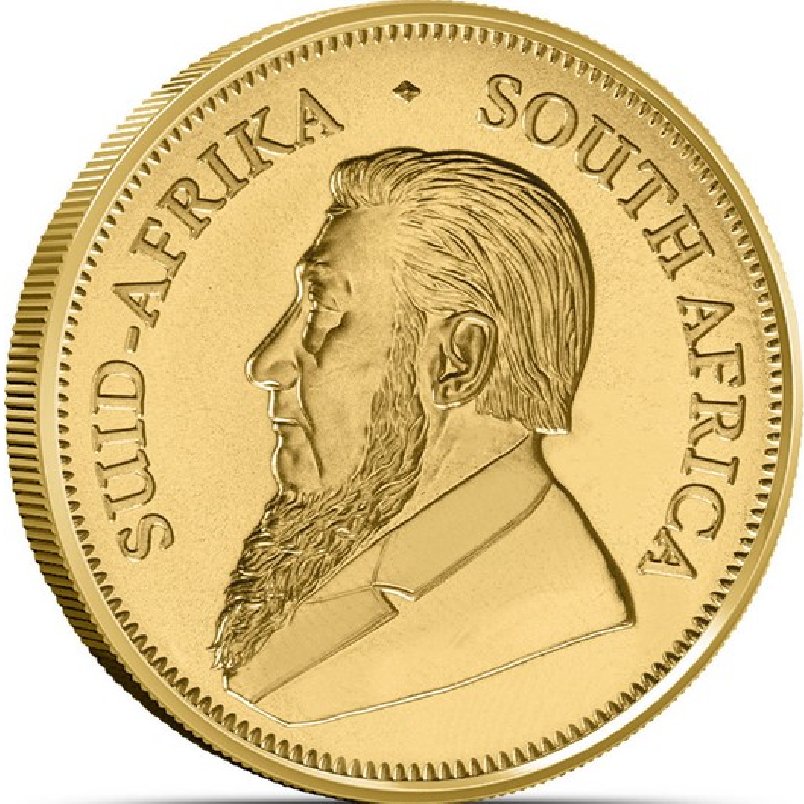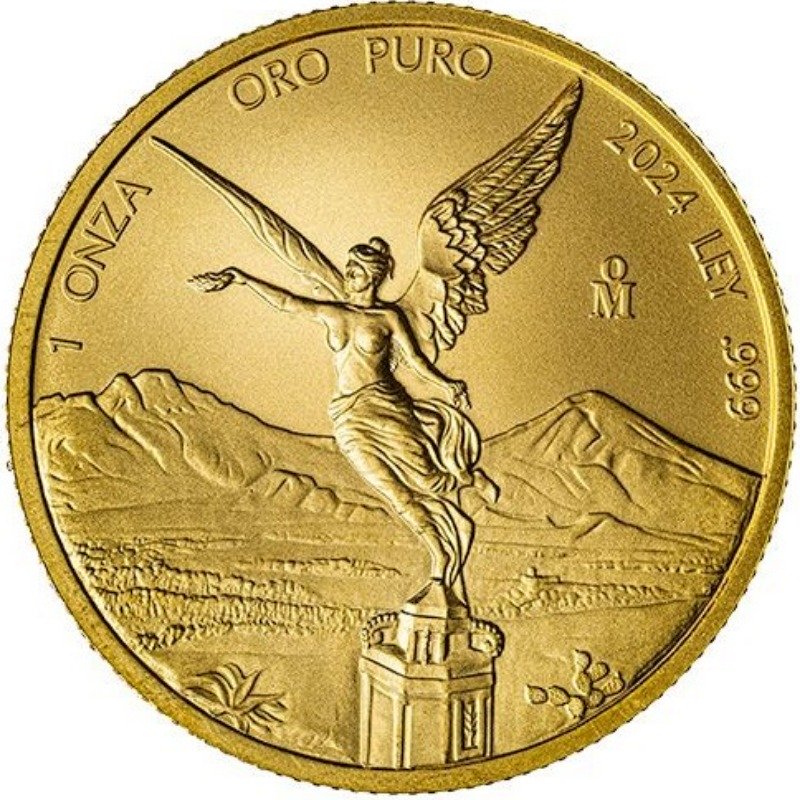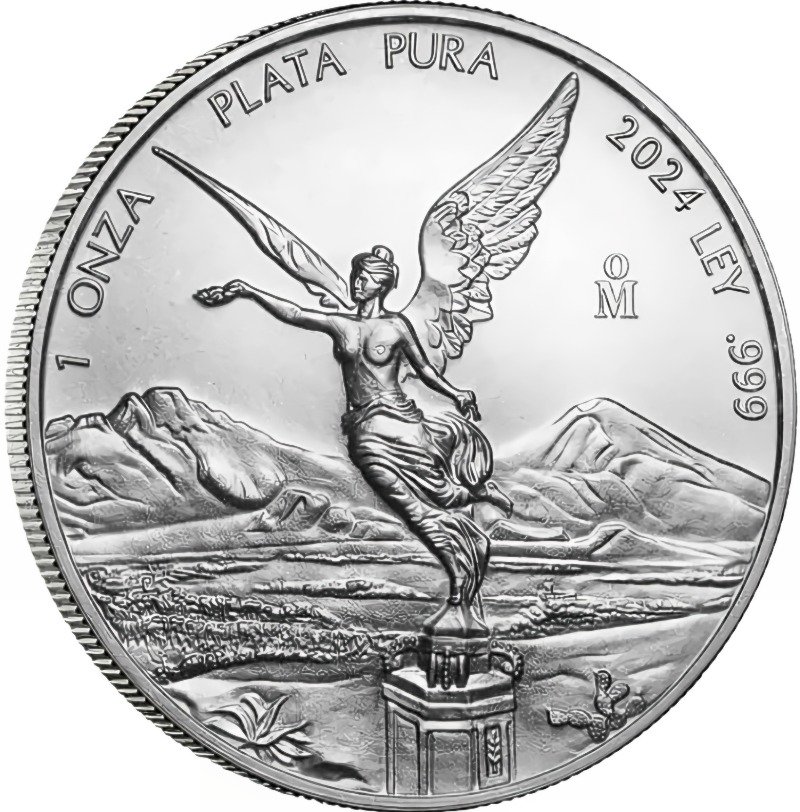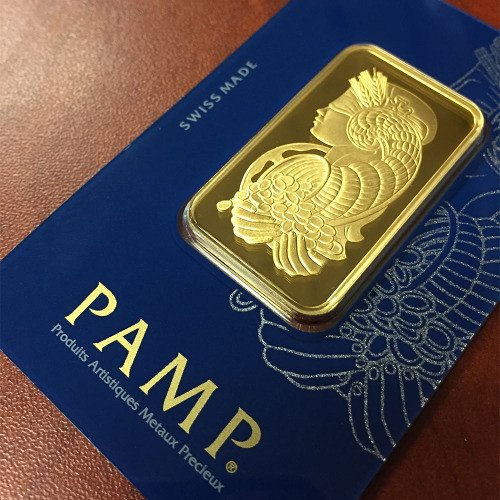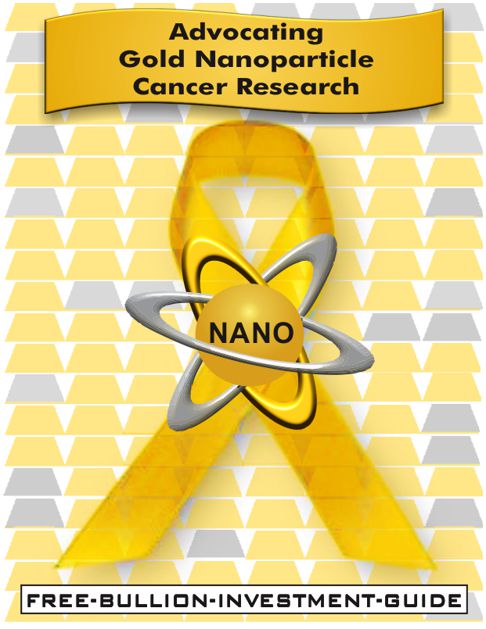Homepage / AuNP Research Blog / Gold Nanoparticle Cancer Research News #2
Gold Nanoparticle Cancer Research News
#2
Originally Posted on 11/05/2017 @ 2:36 pm
Last Edited on 07/08/2025
by Steven Warrenfeltz
Subscribe to this Blog
Gold Nanoparticle Cancer Research is one of the most promising cancer treatments in the research pipeline.
If treating cancer with gold nanoparticles sounds too good to be true; read on, and you’ll discover that it’s not.
This Guide Advocates for "Better Ways to Treat Cancer," and we believe Gold Nanoparticle Cancer Research is one of the best.
This report provides summaries of the most promising medical research involving gold nanoparticles.
Here's a glimpse into what you'll find in this issue:
- Unique characteristics of gold nanoparticles can only be explained using Einstein's "Theory of Relativity."
- Human clinical trial, Fighting Glioblastoma with Gold Nanoparticles
- Gold Nanoparticle Cancer Research & Targeted Chemotherapy (Nanotherapeutics)
- Researcher receives $300K to Develop New Medical Laser
Gold Nanoparticle's
Characteristics
&
Einstein's Theory of Relativity
What Is the Theory of Relativity?
"Relativity is two related theories: special relativity, which explains the relationship between space, time, mass, and energy; and general relativity, which describes how gravity fits into the mix. Albert Einstein proposed these theories starting in 1905. By the 1920s, they were widely accepted by physicists." (Source: SciTechDaily: Science Made Simple: What Is the Theory of Relativity?)
The first article comes from Cosmos Magazine titled "Magnetic gold is evidence of relativity, study finds."The article shines the light on some interesting elemental facts about gold: in its physical bullion form, it is not magnetic and does not tarnish.
However, when gold is reduced to nanoparticles, it becomes magnetic, and the elemental property that keeps gold from tarnishing in its bulk form makes its nano form non-toxic.
These two characteristics of gold nanoparticles are just a sample of the unique properties that make them a great way to treat cancer.
Below is an excerpt from the article:
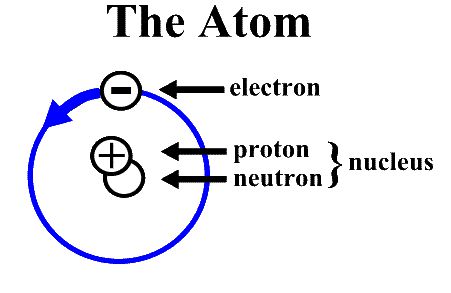 Curiously, the properties of unpaired electrons in gold are largely explained by Einstein’s theory of relativity. Gold is a large atom, so the unpaired electron orbiting furthest from the nucleus is moving very, very fast. Relativistic effects cause these electrons to be drawn closer to the nucleus, making them more stable than would be expected without the effects of relativity. The stability of this unpaired electron is responsible for the very
low reactivity of gold, explaining why it does not tarnish. It also
affects the likelihood that this electron will pair with another
electron in a nanoparticle. Thus, the magnetic properties of nanoscale
gold are likely caused by the effects of relativity. - "Magnetic gold is evidence of relativity, study finds." - Joel F. Hooper, Cosmos Magazine |
Human clinical trial,
Fighting Glioblastoma with
Gold Nanoparticles
Glioblastoma is a type of Brain Tumor that Senator John McCain has been diagnosed with, and recently, Gord Downie, a famous Canadian Musician, passed away from it.
At Northwestern University, hope has risen for those who have Glioblastoma, a new human trial is being conducted for this type of cancer.
The research involves attaching strands of RNA (RiboNucleic Acid), programmed to kill cancer, onto gold nanoparticles.
In the article, Andrew Lee, Ph.D., a researcher at Northwestern Medicine, stated the following about using gold nanoparticles in these human trials.
|
“There’s a bunch of challenges to delivering that molecule to the right place in a disease setting,” said Andrew Lee, Ph.D., a Northwestern Medicine researcher. That’s where the nanoparticles shine. Packed with short strands of RNA – poised to deliver a deadly message to cancer cells — the loaded spheres move freely through the bloodstream without notice or reaction. In animal studies, they crossed the protective blood-brain barrier then penetrated tumor cells – ultimately sparking cell death. “It really is the role of the size of the nanostructure as well as the density and exactly how the molecules are presented by the nanostructure that really give it an advantage in crossing each of those barriers,” Lee said. New clinical trial offers hope to patients with glioblastoma - Katharin Czink and Dina Bair, WGNTV (Chicago, Illinois) |
Please Note: If you have this form of cancer or know someone who has Glioblastoma, there are links at the bottom of the WGNTV article that will give you information about enrollment, and as of this writing, it is still possible to be apart of this research.
Gold Nanoparticle Cancer Research
&
Targeted Chemotherapy
(Nanotherapeutics)
This article provides an in-depth examination of how researchers are discovering the potential of gold nanoparticles to enhance the effectiveness of chemotherapy, achieving its primary goal: to kill cancer cells while minimizing harm to the patient.
Researchers are finding new hope in improving chemotherapy drugs through gold nanoparticles and targeted chemotherapy, known as "Nanotherapeutics."
|
In 2014, he and collaborators demonstrated that gold nanoparticles could be used to 'smuggle' chemotherapy drugs into cancer cells in glioblastoma multiforme, the most common and aggressive type of brain cancer in adults, which is notoriously difficult to treat. The team engineered nanostructures containing gold and cisplatin, a conventional chemotherapy drug. A coating on the particles made them attracted to tumour cells from glioblastoma patients, so that the nanostructures bound and were absorbed into the cancer cells. Once inside, these nanostructures were exposed to radiotherapy. This caused the gold to release electrons that damaged the cancer cell's DNA and its overall structure, enhancing the impact of the chemotherapy drug. The process was so effective that 20 days later, the cell culture showed no evidence of any revival, suggesting that the tumour cells had been destroyed. How to train your drugs: nanotherapeutics - Medical Xpress |
Here's the full article about Nanotherapeutics: How to train your drugs: nanotherapeutics- Medical Xpress
Researcher receives $300K to Develop New Medical Laser
Recently, the National Science Foundation awarded Dr. Andy Chong from the University of Dayton, $302,700 to create the next generation of pulsed lasers for hospitals and clinics.
He is working on lasers that generate visible wavelengths called pulsed fiber lasers. They are less bulky than today's medical lasers, and they are less expensive and easier to use.
These new lasers are expected to be more reliable than current medical lasers, making them suitable for micro-surgeries. They could also work in conjunction with gold nanoparticles to target and kill cancer cells.
Dr. Andy Chong stated the following about the new laser he is working on:
|
“For medical purposes, we do believe the mode-locked fiber lasers are the future,” he said. “But for now, the visible wavelength laser is not directly available from mode-locked lasers. You have to start with the laser and convert to the visible wavelength. What I’m suggesting is we can build a laser that can generate visible light and make it readily available for medical applications in a way that is cheaper and more reliable.” - Dr. Andy Chong Laser Focused Research - University of Dayton |
Read more about Dr. Andy Chong's work and why he is focused on creating this new laser for cancer patients: Laser Focused Research - University of Dayton
Thank You for your Time.
Take Care & God Bless,
Steve
Other pages, on this Guide, that you
may like...

4.7 star - Customer Reviews
For Bullion Market News...
Notice:
The charts, commentary, and information on the Free-Bullion-Investment-Guide.com are not meant to mislead you to invest or divest in any particular way.
|
Support this Guide & Paypal Thank You for Your Support |
|
|
 | |||||

Ad Gloriam Dei
This website is best viewed on a desktop computer.
Keep this Guide Online
& Paypal
Thank You for
Your Support
with Feedly
Search the Guide
| search engine by freefind | advanced |
Premium Canadian Bullion

Give a lasting gift of the iconic Silver Maple Leaf bullion coin [More]
Free Shipping on Orders over $100 (CDN/USA)
or
From the U.K. Royal Mint


Daily
Newsletter
Updated Mintages for
American Gold Buffalo
American Gold Eagle
American Silver Eagle
2024 & 2025
Jerusalem of Gold Bullion
Coin photos
(bottom of page)
Mintages
for
2024
Gold & Silver Mexican Libertad
|
Gold Libertads |
Chinese Gold Coin Group Co.
& Chinese Bullion
Help Us Expand our Audience by forwarding our link
www.free-bullion-investment-guide.com.
Thank You!
Last Month's

In No Particular Order
December 2025
All Articles were Originally Posted on the Homepage

